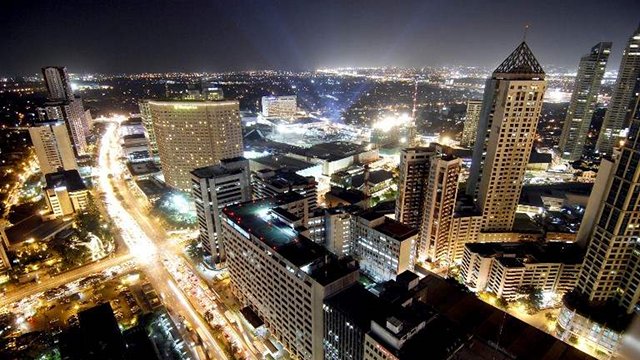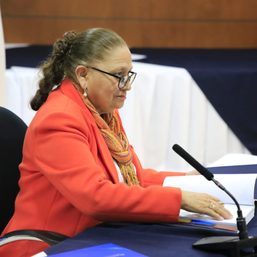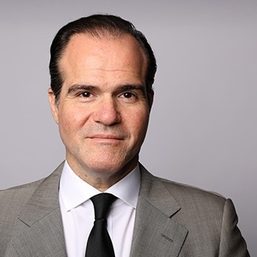SUMMARY
This is AI generated summarization, which may have errors. For context, always refer to the full article.

MANILA, Philippines – If the Philippines wants to significantly increase Filipinos’ incomes in the next 15 years, it must post an average annual growth of 6.7% during the period.
In a speech at the Philippines Inclusive Business Forum on Monday, November 26, Socioeconomic Planning Secretary Arsenio Balisacan said this level of growth will raise the real per capita income of Filipinos two-fold before 2030.
Balisacan said sustained high growth is necessary to increase incomes and rescue many Filipinos from poverty.
He said the country had high growths in the 2000 to 2009 period, but it was a “lost decade” since instead of reducing poverty, the numbers merely plateaued.
“Poverty reduction in the country has been slow and lagging. One reason for this is that we have not experienced high growth that has been sustained over a long period. For instance, if we want real per capita income to incease two-fold in 15 years, we must grow by 6.7% annually, on the average, for the next 15 years,” Balisacan said.
“Poverty has not been responsive to growth. During the period 2000 to 2009, the proportion of poor Filipinos seemed to have only plateaued, when this should have gone down given the continuous economic growth at the time. This is why we term this period as our ‘lost decade,'” he added.
High inequality
The National Economic and Development Authority (NEDA) added that apart from the lack of trickle-down effect, the Philippines must be conscious that there is high income inequality in the country.
Balisacan said this is the reason why the government has been focused on attaining inclusive growth — a growth seen across all sectors and the population.
He said however that government efforts are not enough. He said attaining inclusive growth must be done by both the public and private sectors.
He said the private sector can transform into inclusive businesses by engaging the poor as suppliers of goods and services as well as directly employing them.
Balisacan noted that in Mindanao, some agriculture companies have survived in conflict areas by providing former rebels jobs in their farms.
To help businesses, Balisacan said the national government is prepared to do the following:
- Provide market information on the poor;
- Streamline business procedures and processes;
- Implement programs to upgrade knowledge and skills;
- Improve peace and security conditions; and
- Conduct policy dialogue with businesses, basic sectors, and local governments.
Inclusive businesses
The Asian Development Bank (ADB) said inclusive businesses are for-profit enterprises that directly engage the bottom of the pyramid or the poor in their value chain as consumers, suppliers, distributors and employees.
India provides a vibrant market for innovative inclusive business experiences in many sectors, the lender said.
ADB’s Inclusive Business initiative comprises – among others – a study on the opportunities of inclusive business in the Philippines.
While economic growth is persistently high in the last decade at around 6%, the country faces major challenges in providing productive employment and adequate and affordable social and municipal services for the poor and low-income population, said the ADB.
About 26% of the Philippine population live below the national poverty line, and 63% are vulnerable to poverty with income less than $3 a day a person, it added. – Rappler.com
Add a comment
How does this make you feel?


![[WATCH] Try This: Empanada Salteña from Argentina](https://www.rappler.com/tachyon/2023/04/try-this-empanada-saltena-argentina.jpg?resize=257%2C257&crop=765px%2C0px%2C1037px%2C1037px)


There are no comments yet. Add your comment to start the conversation.